Introduction
Released on May 18, 2025, by the Polish studio CD Projekt Red, The Witcher 3 was an immediate RPG success and over the years has drawn even more fans to the franchise. The game impressed players with its complex story, immersive world, and varied gameplay mechanics, including tracking and card mini-games.
The Witcher 4 is a direct continuation, featuring a character who was playable in the previous game: Ciri. This princess, with Elder Blood and extraordinary powers, will be the protagonist of the new story. The premise remains unknown: will there be major villains like before, or will it follow her life as a Witcher? Either way, it’s worth revisiting the elements that make this universe so rich!
Universe
The Conjunction of the Spheres
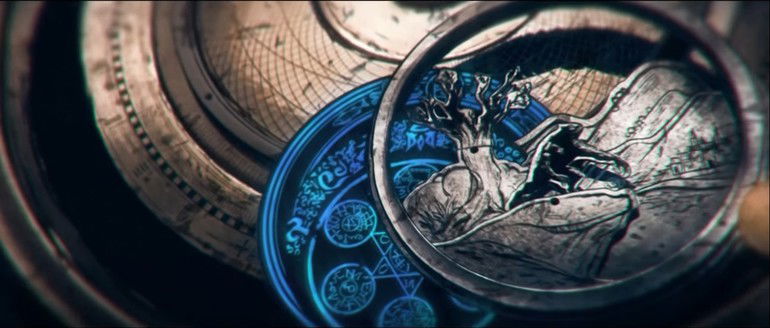
The franchise’s Dark Fantasy theme originates from a major event that occurred long before the recent events: the Conjunction of the Spheres. Before the continent was formed, two worlds merged through magic, creating Witchers, who hunt monsters from the other world, and mages, who can manipulate magic. The monsters created by this event are numerous and serve as the main enemies in the games.
The Witchers
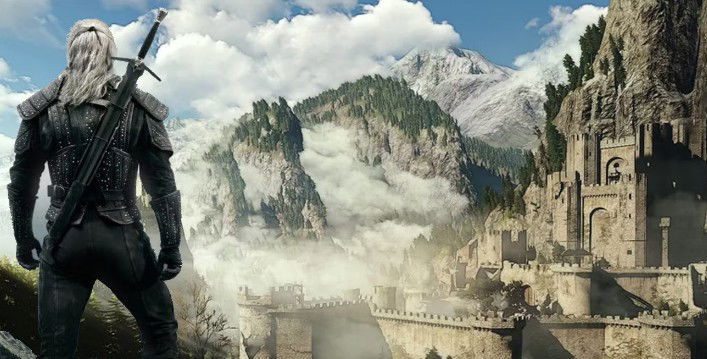
The previous protagonist is Geralt of Rivia, a Witcher and monster hunter. Very few people can become Witchers: it requires rigorous combat training, and children undergo the Trial of Herbs, where only a few survive. In this context, Geralt acts as a mentor and father figure to Ciri, the new protagonist. Witchers are also seen as “abominations” by the local population due to their physical differences and extreme emotional control.
The Continent
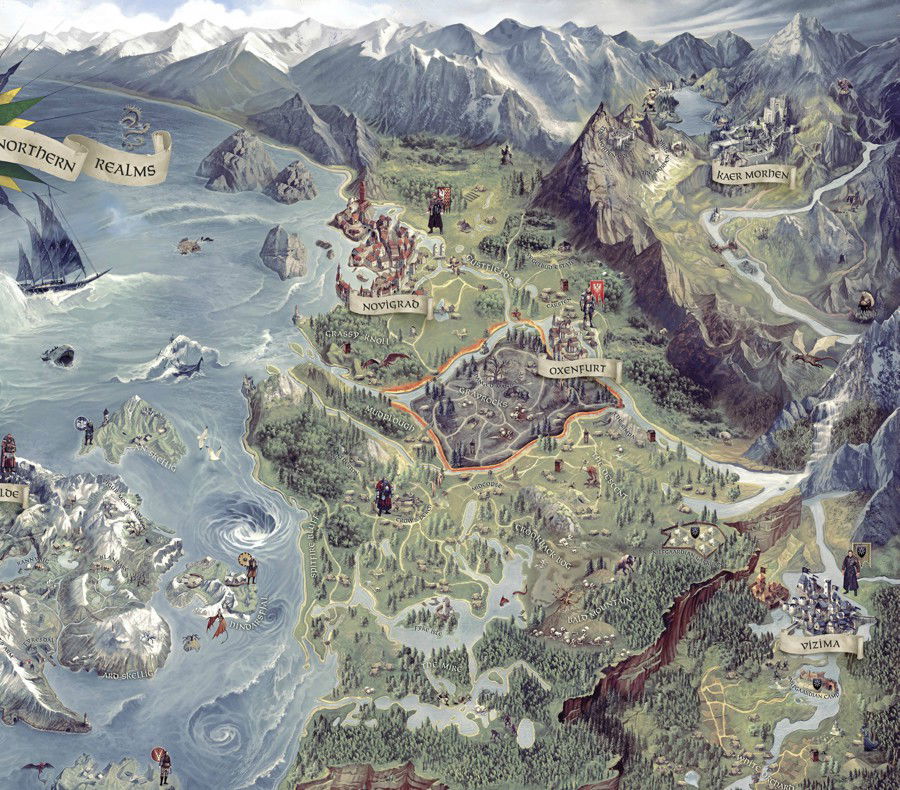
The Witcher takes place on an unnamed continent divided into two main regions: the Northern Kingdoms and the Nilfgaardian Empire. While some areas remain preserved, the world combines decaying feudalism with a troubled aristocracy. The game clearly contrasts poorer regions, plagued by famine, with prosperous cities benefiting from trade and protection from monsters.
Due to past territorial conflicts, the Northern Kingdoms are no longer unified and are divided into four major realms: Kaedwen, Temeria, Redania, and Aedirn. In addition to facing Nilfgaardian military pressure, the population is mostly poor and endures harsh rural conditions, paying taxes to avoid invasion.
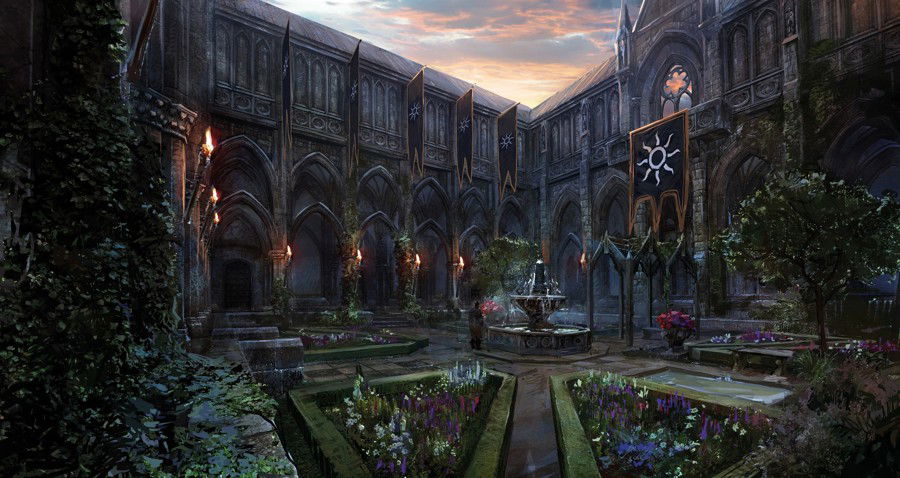
Nilfgaard is the largest realm on the continent, with conquered provinces, a strong economy, and a powerful military. Its emperor, Emhyr var Emreis, is an absolute ruler and military dictator. Besides being the main antagonist in The Witcher 3, Nilfgaard has social issues: citizens born in conquered provinces are considered illegitimate and not fully part of the empire.
Ciri and the Elder Blood
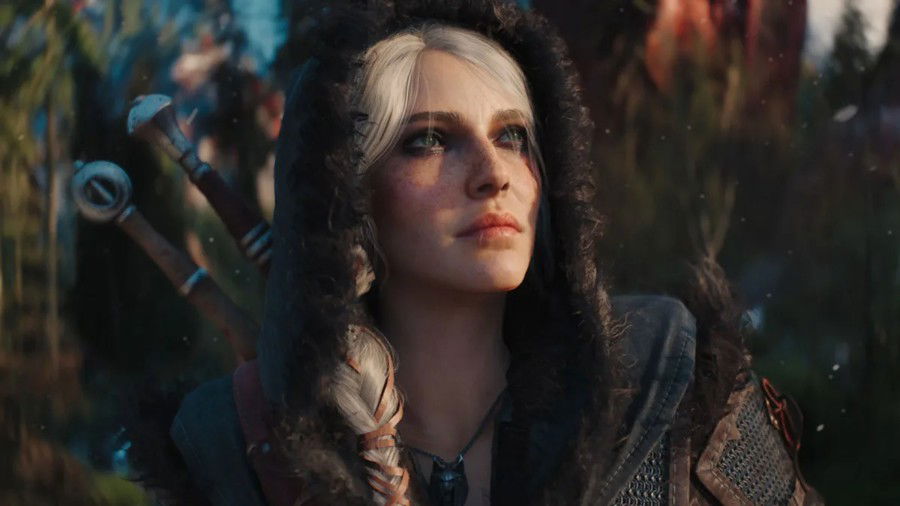
Ciri, or Cirilla Fiona Elen Riannon, is the princess of Cintra, conquered and destroyed by Nilfgaard in its first war. When Pavetta, heir to Queen Calanthe, became secretly pregnant, Geralt of Rivia invoked the Law of Surprise and became her protector. By the end of The Witcher 3, we know Ciri’s father is Emhyr, making her a direct heir to the Nilfgaardian throne.
Ciri undergoes rigorous training at Kaer Morhen, the Witchers’ fortress, and awakens the powers of her Elder Blood. As a royal descendant enhanced through a long genetic program to grant immense magical abilities, she can teleport and manipulate time. Her fate in The Witcher 3 remains uncertain, whether she will live as a Witcher or become Empress.
Questions
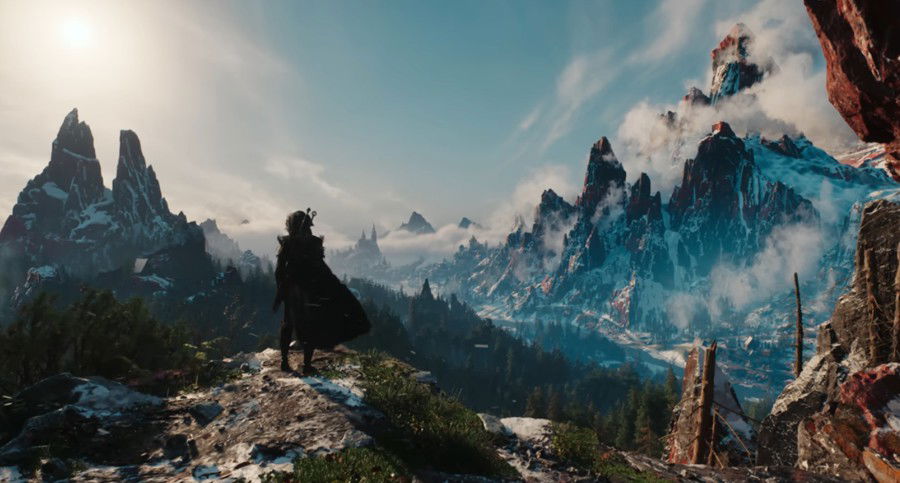
Many questions remain unanswered in trailers. One of the most important: where is Geralt, and what is his current relationship with Ciri? He is presumably old and retired but still alive. What role will he play in the new story and Ciri’s fate?
After wars and conflicts ravaged the continent, did the Northern Kingdoms unite to defend against Nilfgaard, or is everything under Nilfgaardian rule? Do we still have the same emperor?
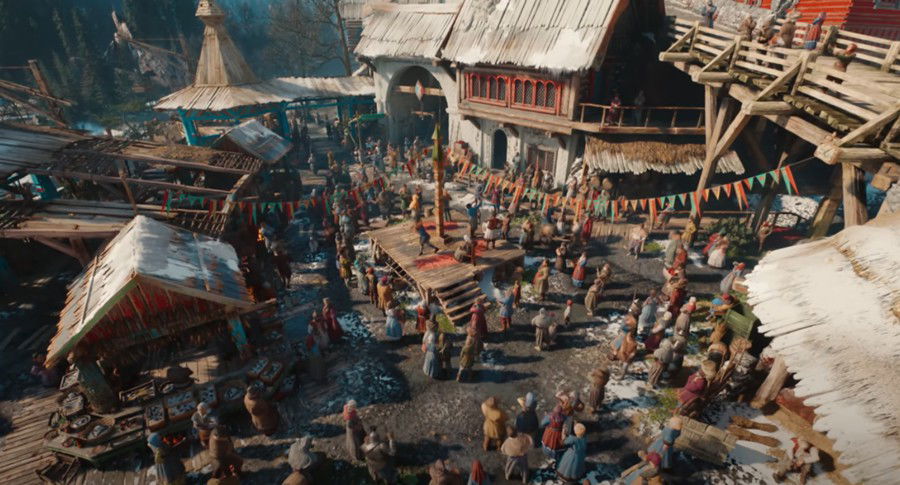
Several characters connected to Ciri have uncertain fates: Yennefer, Geralt’s companion and a prodigious sorceress who teaches Ciri to control her powers, is still alive and separate from the sorceress guild. Her bard friend Dandelion also survives the end of the previous story... will he have a role in the new court?
Additionally, how has Ciri’s personality evolved with age? Has her royal status been challenged, or does she still maintain ties to Nilfgaard? How will she navigate the ongoing conflicts between the various peoples depicted in the series?
Conclusion
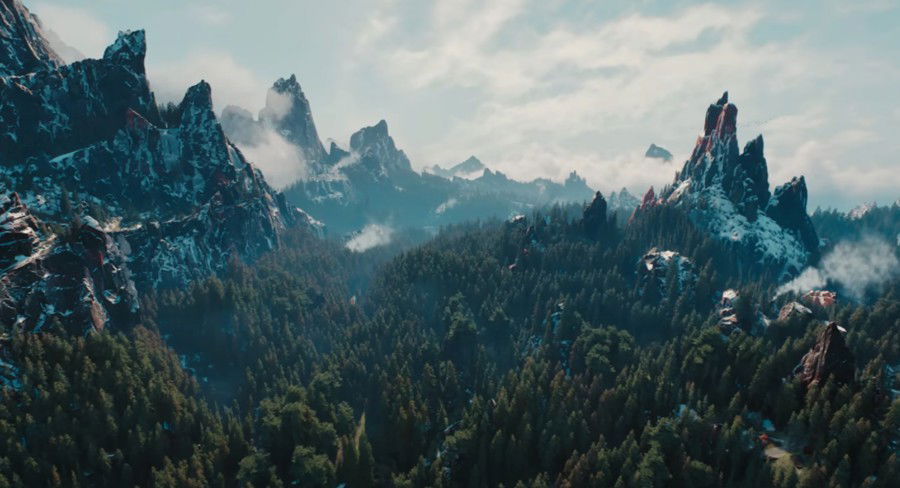
Ciri is a compelling character who played a central role in the previous game. Now fully in the spotlight, there are countless aspects of her story to explore, making it difficult to predict the narrative’s direction. One thing is certain: The Witcher 4 promises another exciting adventure!









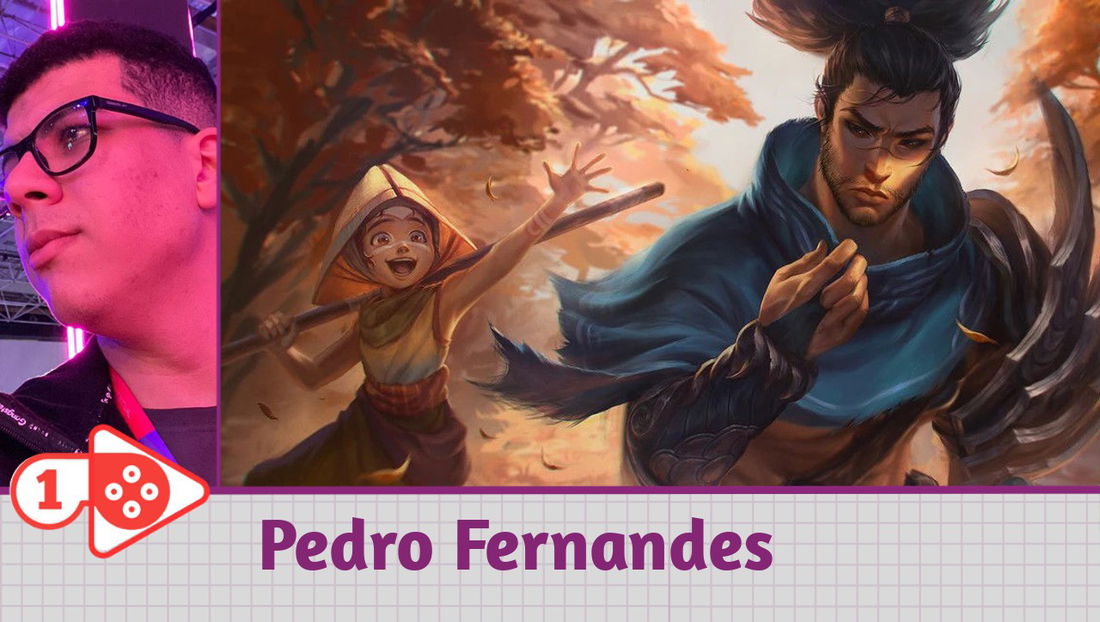

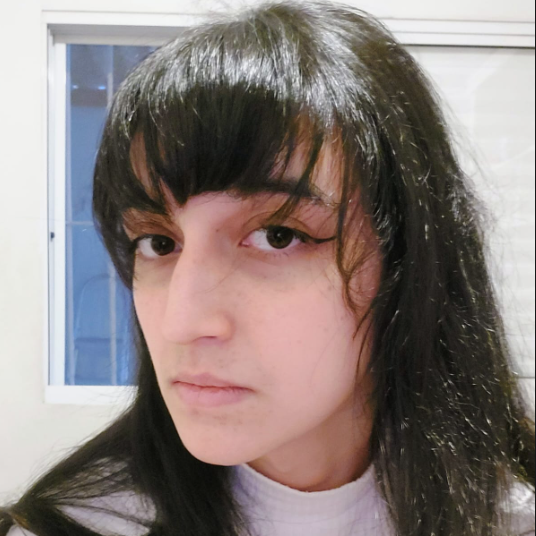

— Kommentare 0
, Reaktionen 1
Sei der erste der kommentiert